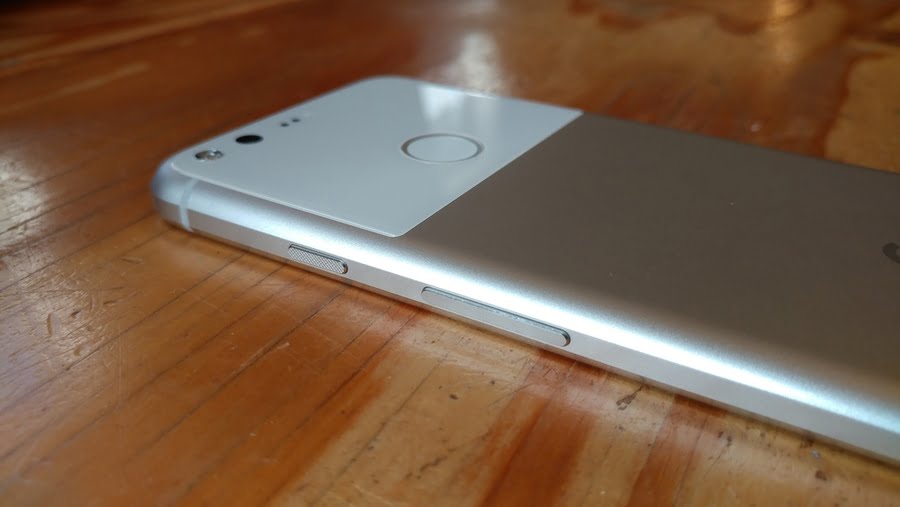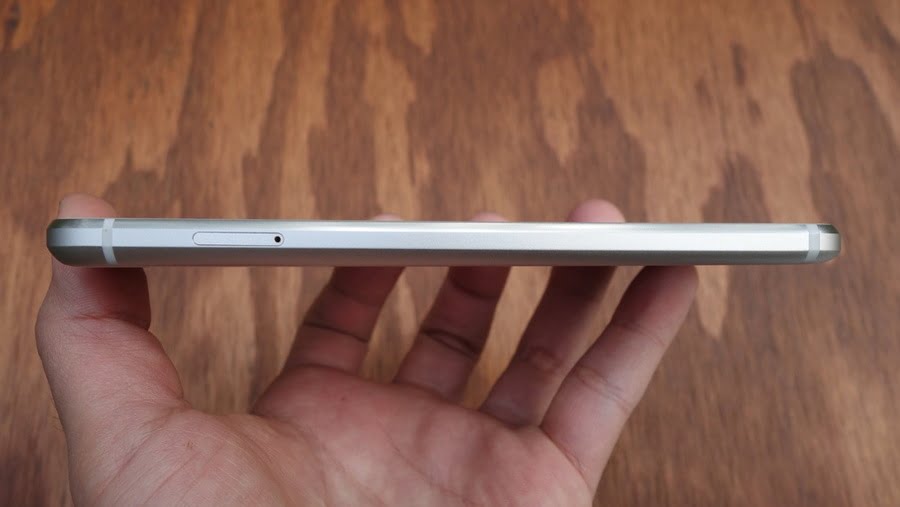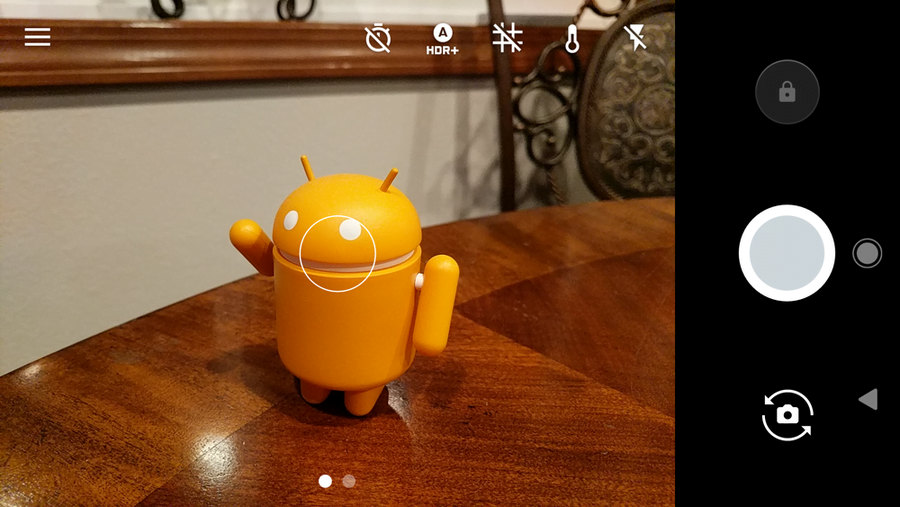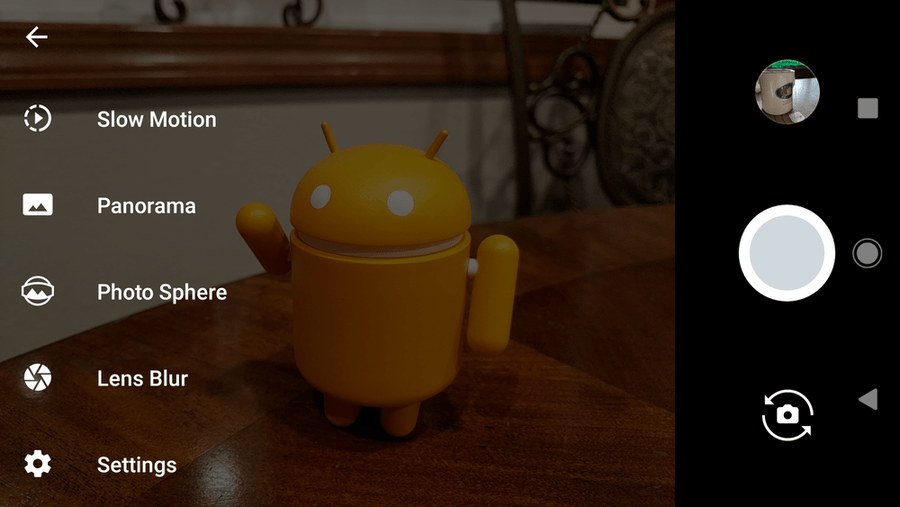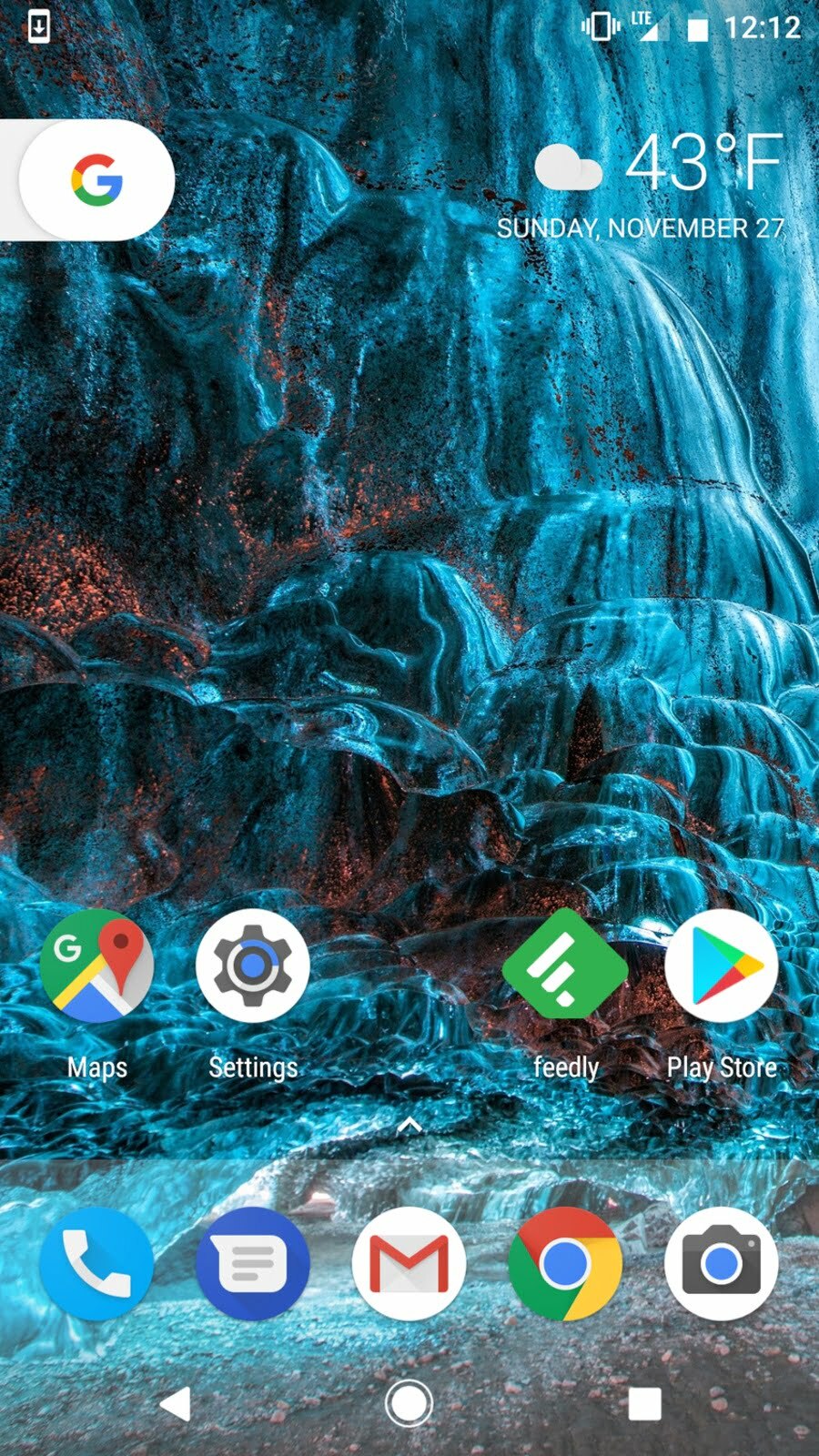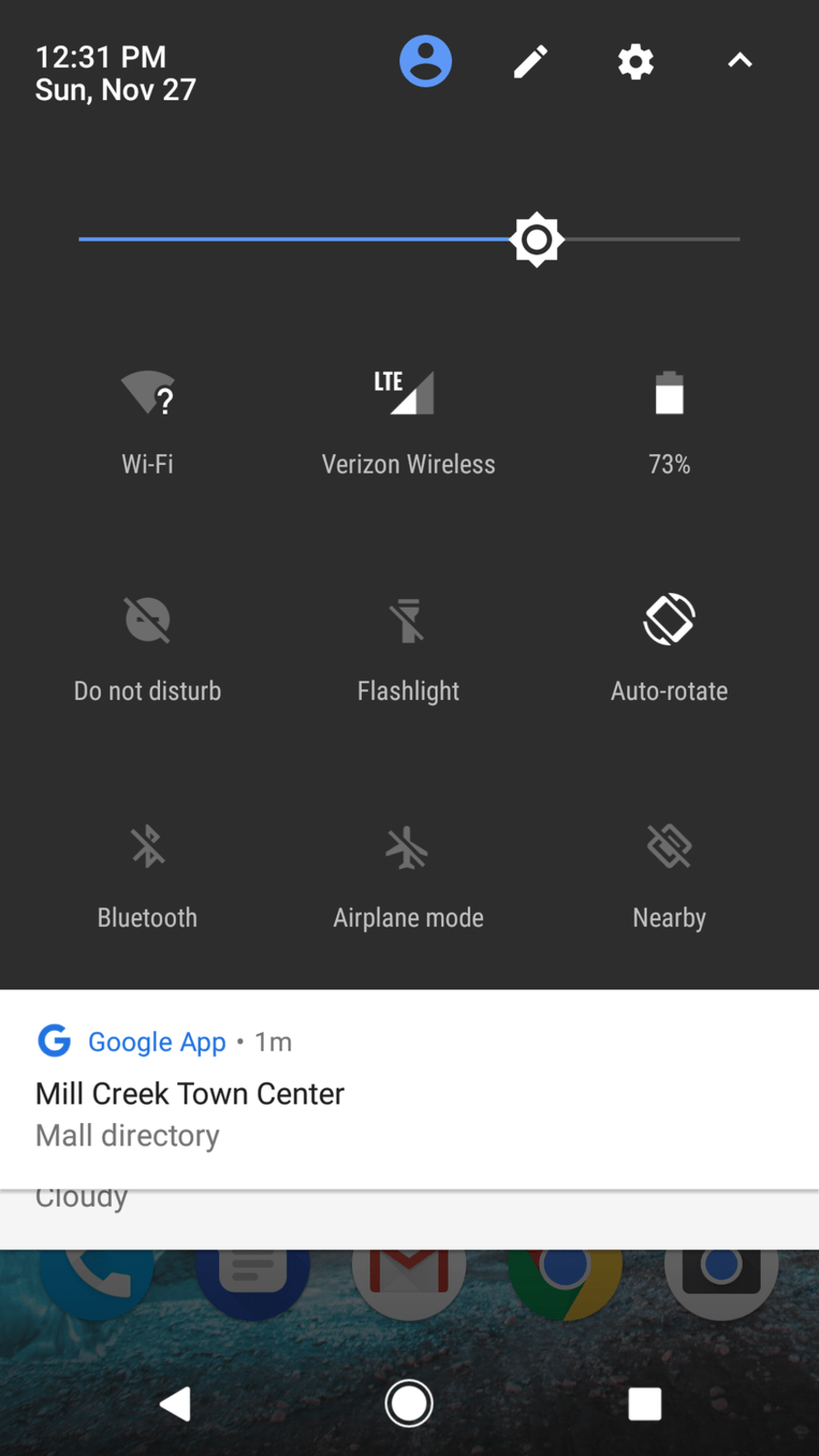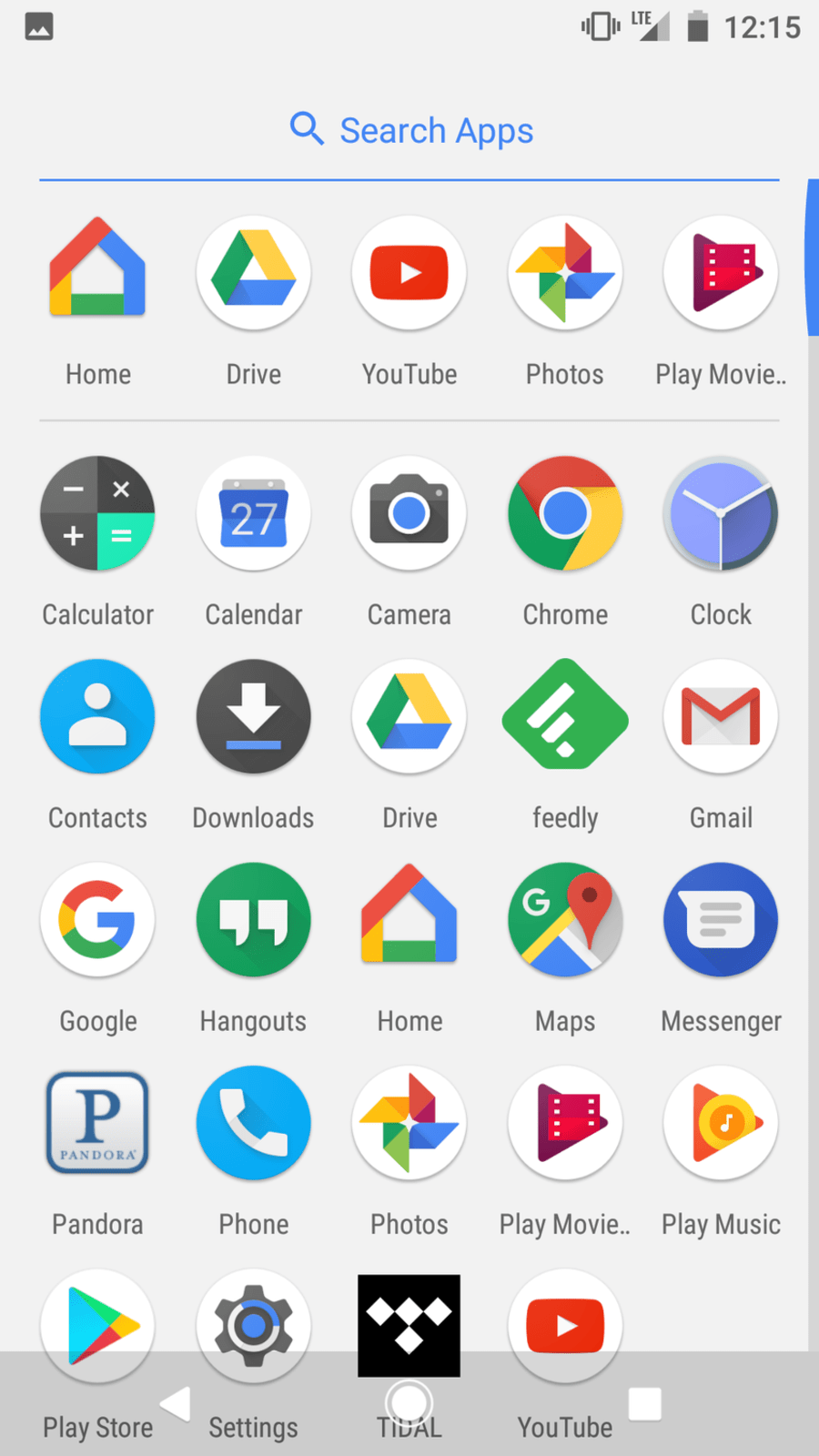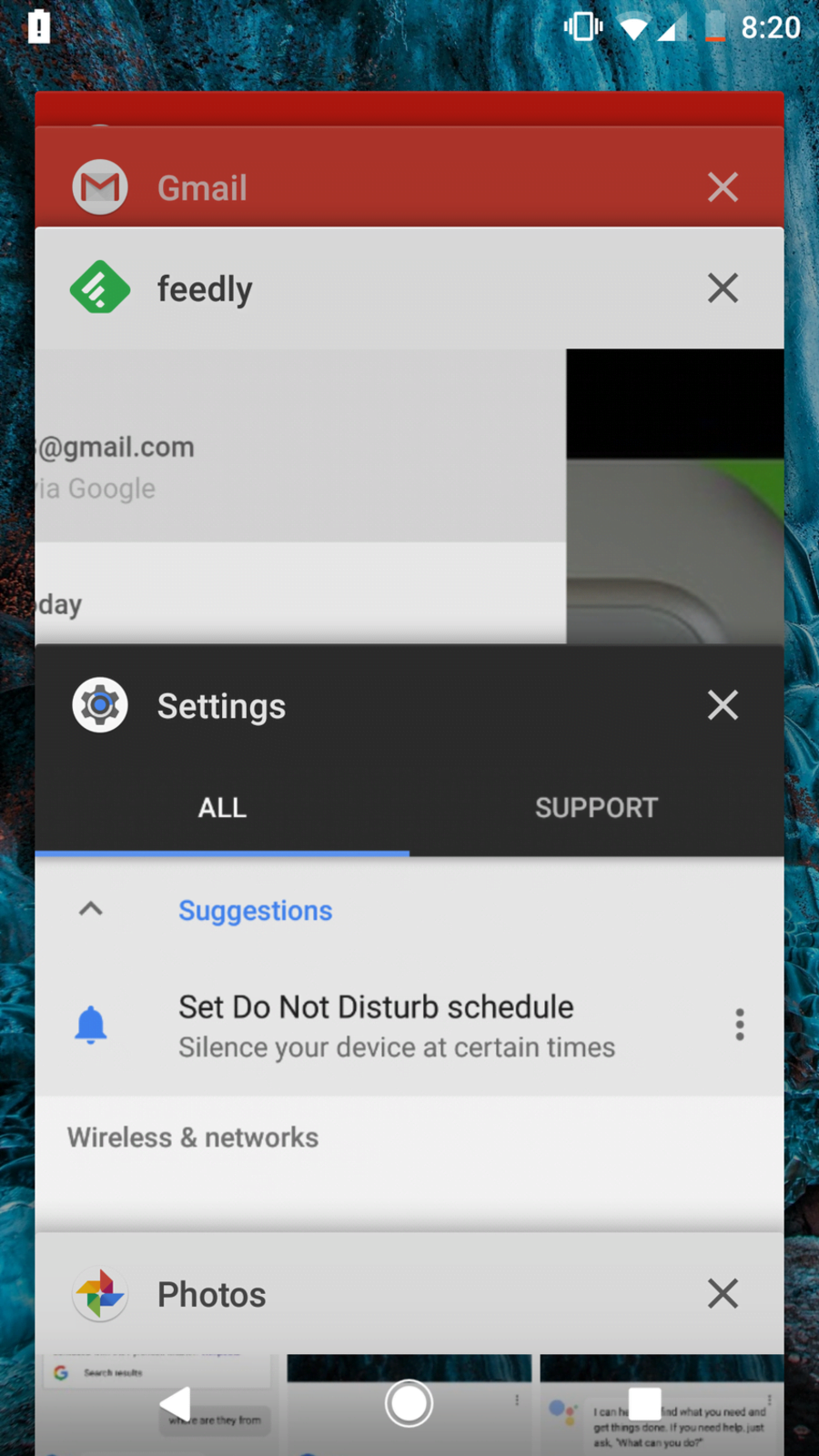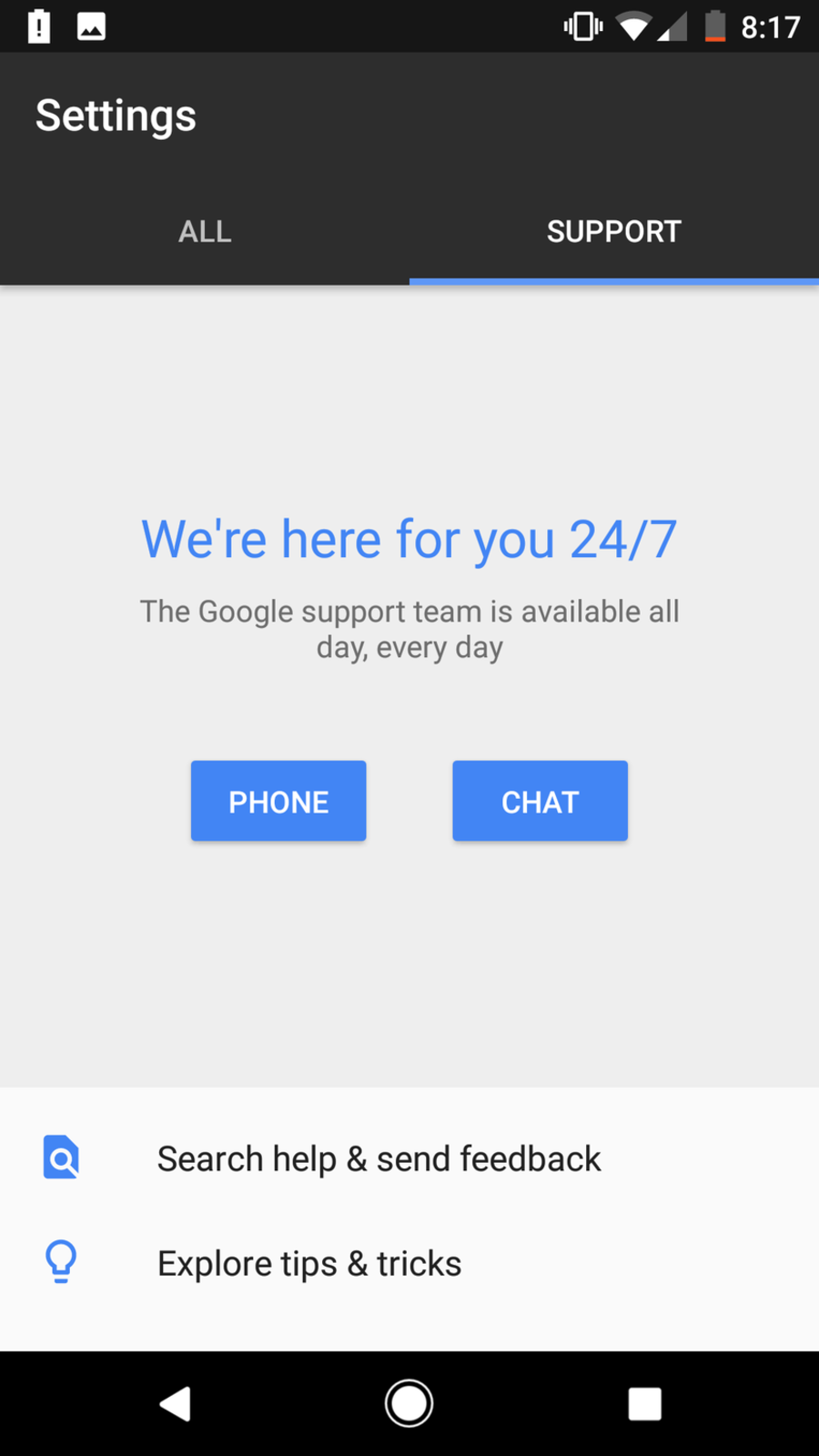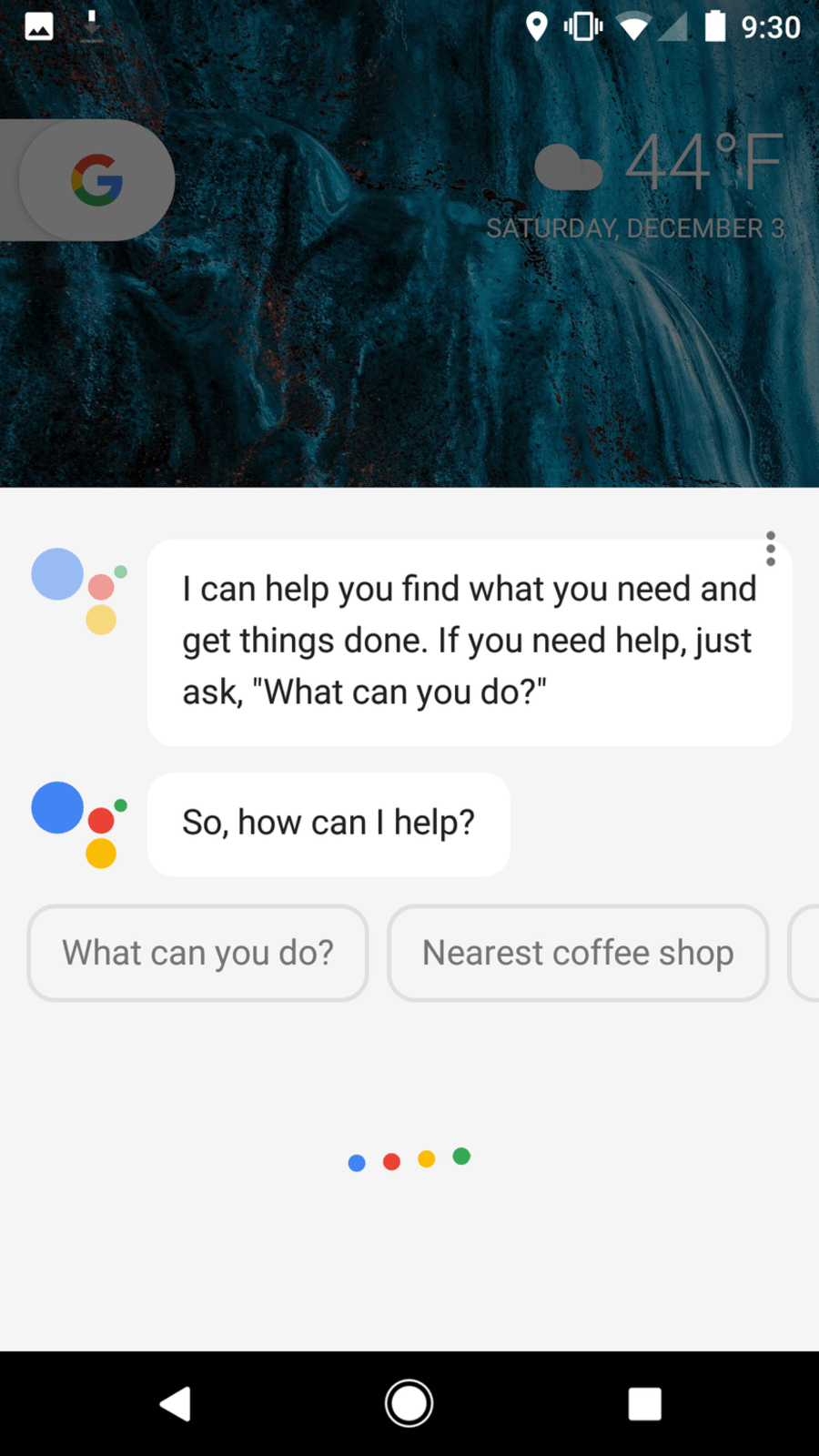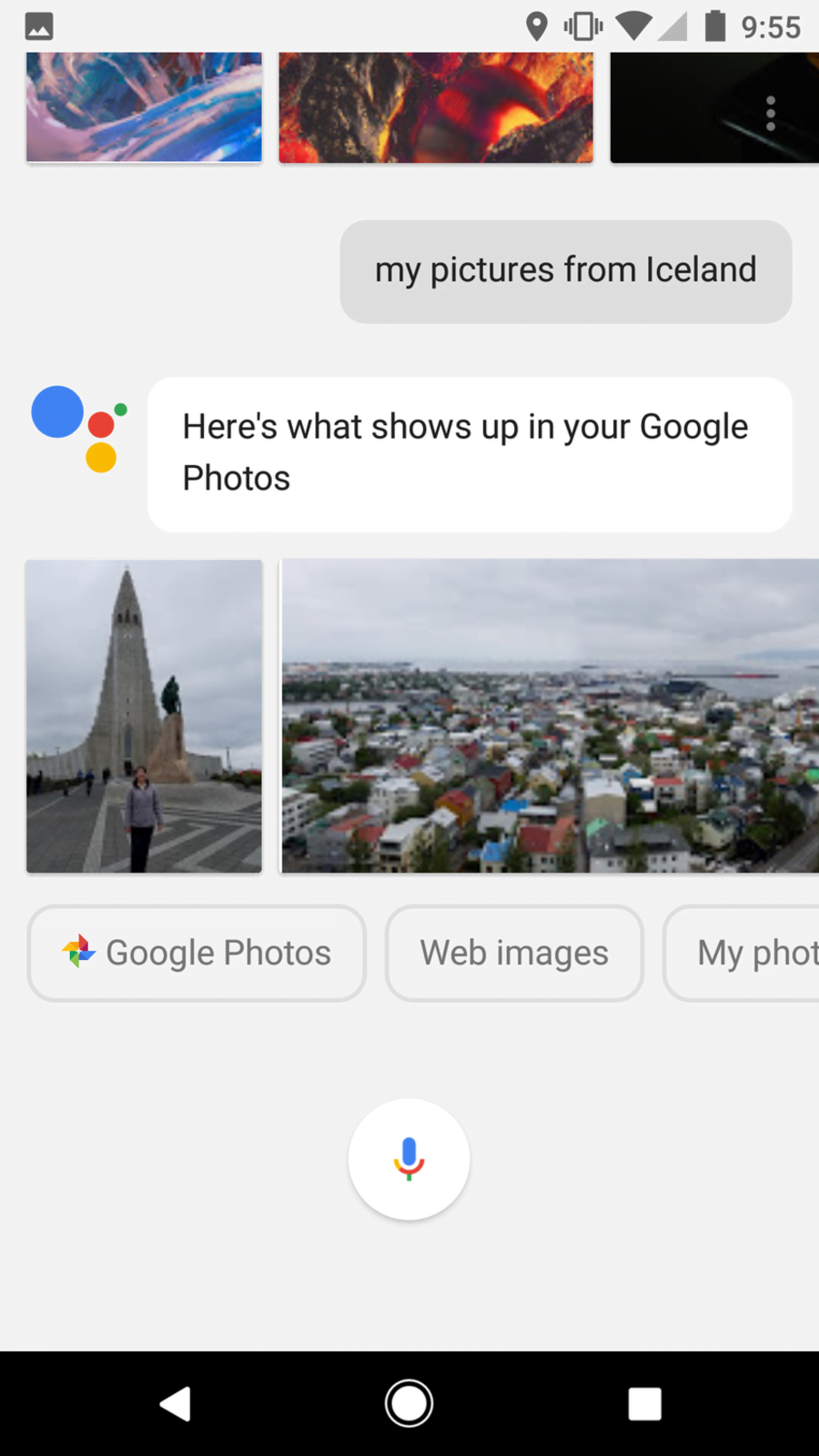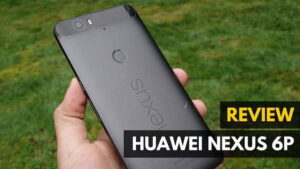If you are searching for the best Android phone, read on.
Every year, Android enthusiasts and fans of the software’s latest stock form look forward to the next smartphone that Google plants its “Nexus” stamp on. Except, this year is different. The historic OEM partnership program was abandoned in favor for what some may call an evolution that has been a long time coming – Google’s completely own smartphone under its in-house Pixel branding. If you are still a fan of Verizon you will want to know Mistakes to Avoid and we have you covered there too.
Does this new era launch with enough bang for its buck to land the Pixel in today’s top smartphone spot? Read on to find out in our Google Pixel Android Smartphone Review!
Overview
Price: $650 or $27.08/month on Verizon
Available: Oct. 2016
Model: Google Pixel
Summary: The Google Pixel is no doubt among the best in Android smartphones today. It sports the latest Snapdragon processor, a brilliant AMOLED display, camera that scored the highest on DxOMark, and the very latest Android software (not to mention Verizon availability for a change). But some fans may not like the significant price hike compared to last year’s offering, or that there is no 64GB option.
What We Liked:
- Super fast and fluid software
- Premium and sophisticated design
- Of the best smartphone cameras
- Brilliant and bright AMOLED display
What We Didn’t:
- Considerable bezel on the front
- Hit or miss Google Assistant responses
- No 64GB option or microSD slot
- Expensive
Google Pixel Specs
| Display | 5.0″ AMOLED 1080P |
|---|---|
| Chipset | Qualcomm Snapdragon 821 (quad-core, 2.15 GHz) |
| Memory | 4GB of RAM |
| Storage | 32GB or 128GB internal, no microSD expansion |
| Rear Camera | 12.3MP, f/1.7 aperture, 1.55µm pixels, phase detection and laser auto-focus |
| Front Camera | 8MP, f/2.4 aperture, 1.4µm pixels |
| Battery | 2,770 mAh (non-removeable) |
| Software | Android 7.1 (Nougat) |
| Colors | Black, Silver, or Blue |
| Price | $650 or $27.08/month on Verizon |
| Buy Now |
Design
Google’s chosen design for the Pixel could be seen as a hodgepodge of other smartphones, such as its undecidedly metal and glass rear casing, distinct antenna lines, circular rear-mounted fingerprint scanner, and an all too iPhone-like front bezel. But most apparent is an HTC-esque core due to the fact that, despite the phone being promoted as “Made by Google”, it was actually manufactured by HTC. What makes this affair different from the Nexus program is that HTC was merely used as a contractor rather than a partner, therefore, Google is allowed to only stamp its branding on the device, (done subtlety as a “G” logo on the back).
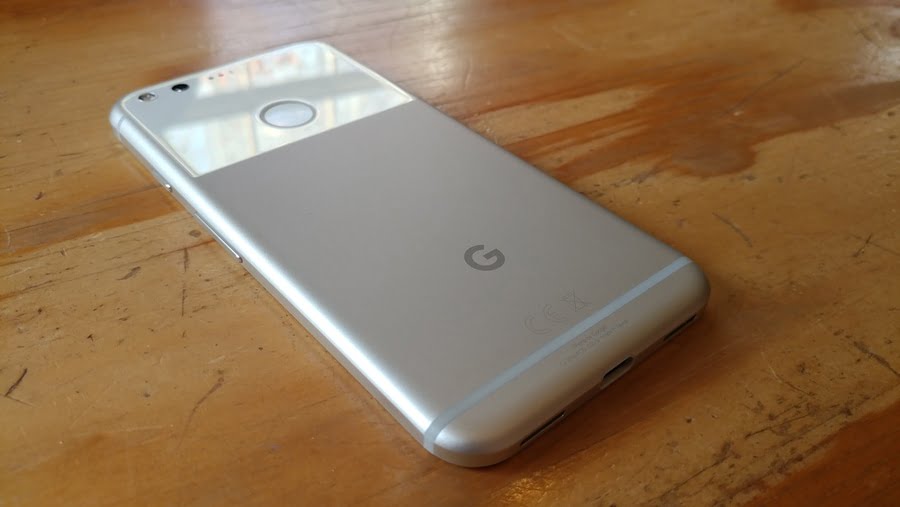
That being said, some elements of the Pixel’s chassis share that of seen in the HTC 10 earlier in the year. Namely, the angled edges along the perimeter of the phone are exactly HTC’s style. Google adds its touch by forgoing the 10’s pronounced chamfer on the rear for a smoothly rounded one. Then there’s that eye-catching glass panel that takes up only a third of the rear. It’s certainly a differentiation, but we’re unsure if that’s in a good or bad way.
In its favor, we’ll say that it’s refreshing seeing a phone today without the infamous camera hump. But then again, you have more potential area to scratch or crack glass. The fingerprint scanner is also behind glass but is slightly recessed. And just like its Nexus 6P predecessor, the scanner is just a sensor, not a button. Imprint is of course carried over and unlocking the phone simply takes a touch whether the screen is off or on.
All of the external features are executed in Pixel fashion, such as the cohesive and clean-cut speaker, microphone, and USB Type-C port along the bottom. Google’s preferred physical button layout makes its return, with the volume rocker underneath the textured power button (all metal as well) on the right side. Lastly, the 3.5mm atop was not forgone like with several manufacturers this year, for now at least.
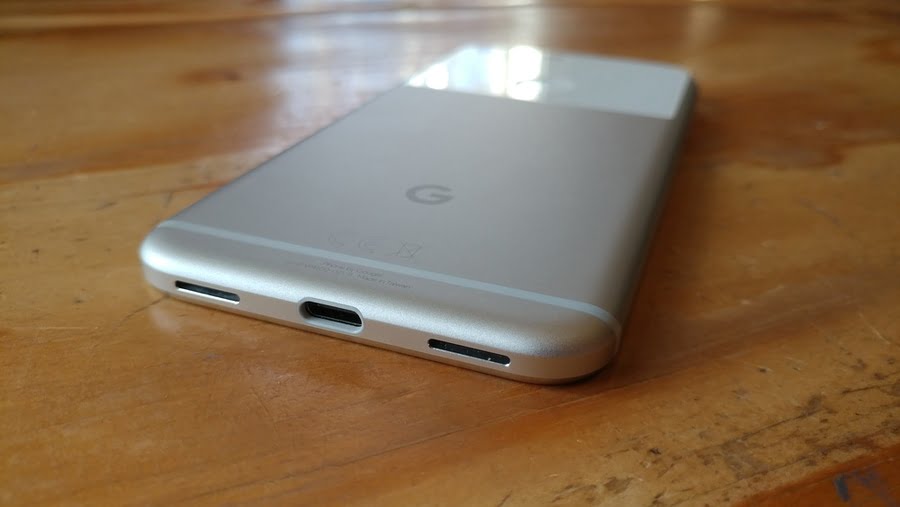
Performance
Being a top-tier flagship smartphone, the Pixel packs all of the top-end internals that we’d expect for 2016, even with the smaller of the two variants which we are reviewing. Qualcomm’s very latest chipset, the quad-core Snapdragon 821, is in tow and paired with 4GB of RAM. It’s an incremental step up in performance from the commonly Snapdragon 820 flagship devices throughout the year. Together with Google’s lead over the Pixel’s software/hardware integration, the result is the most fluid and responsive Android experience to date. Every action, transition, and animation is completely smooth and we didn’t notice a single stutter in our entire time with the phone.
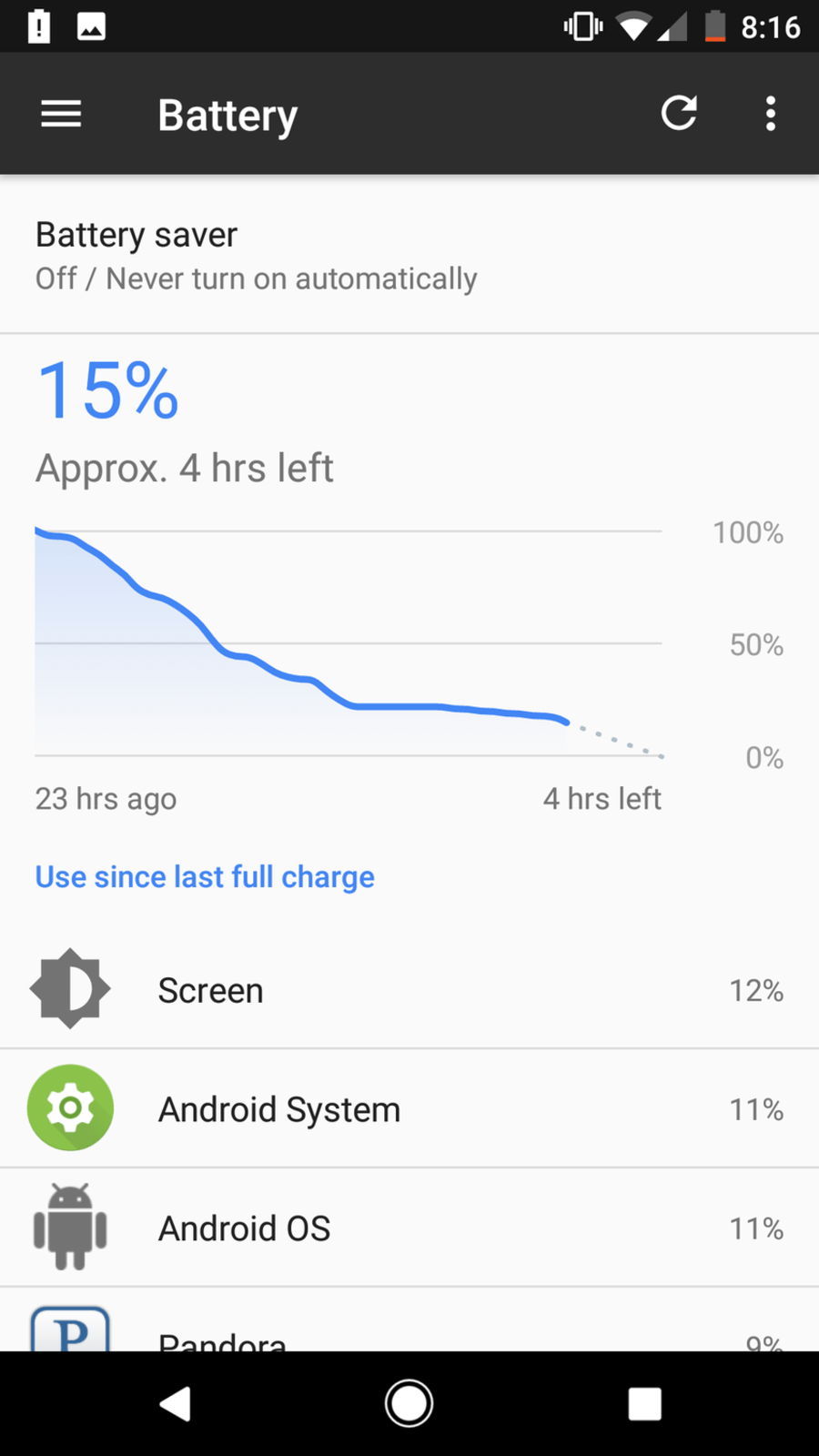
If you’ve followed Google’s mobile devices for a while now, you’d know that the software giant is not a fan of the microSD card, preferring that storage is completely handled by internal storage. The Pixel is no different, and we are just given two capacity choices when buying – 32GB or 128GB. We don’t know what happened to the 64GB option and don’t think its omission will sit well with many buyers.
Other than the size, there fortunately isn’t much that differentiates the Pixel from its larger sibling, the Pixel XL. One of those is naturally the battery capacity, which the Pixel packs a modest 2,770 mAh whereas the XL can stuff a heftier 3,450 mAh. However, Google says that battery life should be comparable (probably due to the extra output of the XL’s larger and higher resolution display). There’s additionally support for Quick Charging at a rate that can get you up to 7 hours of usage from only 15 minutes of charging.
Our battery results were favorable, and at very least, in line with other good performing flagships that can consistently reach the end of a day with moderate-to-high usage. Standby-time is particularly exceptional and a good proponent of the benefit when Google is running the show.
Display
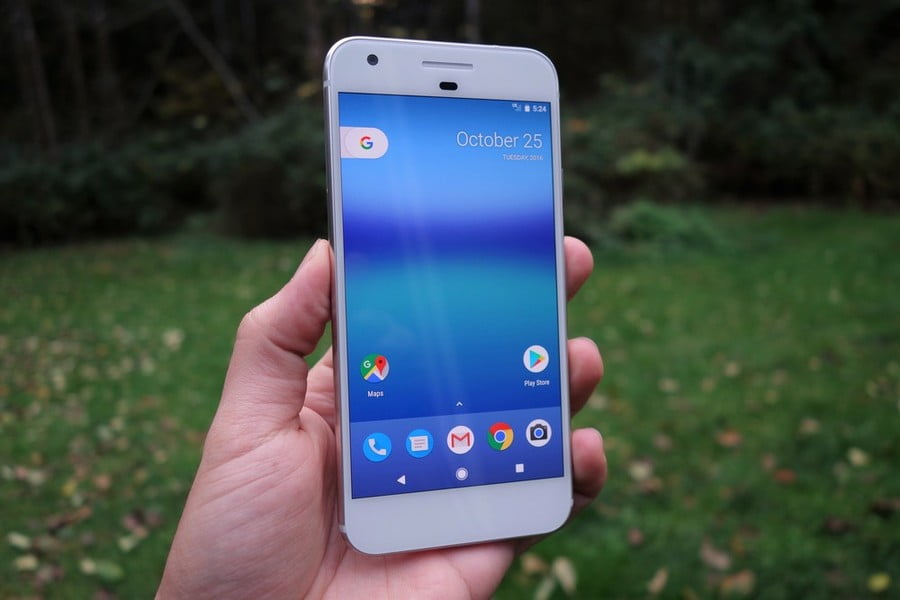
The standard Pixel sports a display size that falls below many of today’s Android flagships, but at 5″ it’s still a tad larger than the iPhone 7 at about the same footprint. Spec-wise, we’re looking at an up-to-date AMOLED panel and 1080P resolution. Some may scoff at the exclusion at a pixel saturated QHD resolution display, but we’d argue that 1080P is actually more than enough for a 5″ size, still reaching a dense 441 ppi.
With regard to quality, this AMOLED panel is close to being the best we’ve seen, only falling short of Samsung’s unrivaled S-AMOLED displays in terms of color accuracy. The Pixel’s screen is plenty bright, where 50% brightness was suitable for us most of the time. Images are crystal clear and colors have a brilliant pop to them (almost too much). The display also performs exceptionally in countering outdoor lighting. Job well done, Google.
Camera
In the Pixel’s unveiling, Google largely touted its camera sensor’s competence, going as far to claiming that it’s the best performer in a smartphone today. So when we received our review unit, we were eager to get out and put that to the test. Behind the lens is a 12.3 MP Sony IMX378 module with a f/2.0 aperture, 1.55µm pixel size, and phase-detection and laser auto-focus. It’s important to know that Google forgoes physical optical stabilization in favor for electronic. Check out a few of our favorite sample shots below.
Overall, we’d have to agree that the Pixel’s camera performance is a force to be reckoned with. It’s probably one of the best results we’ve seen in regard to dynamic range; details in bright areas are tamed where the typical smartphone camera blows them out. This makes for some superbly dramatic captures. Colors, sharpness, and low-light performance are also top of their game. However, while we managed to snap some impressive night shots, it must be said that more results than we would’ve liked turned out blurry. You have to hold the camera particularly still not to get a small amount of smudginess in the photo, and in this respect, we would say that Samsung’s Galaxy S7 has an edge in dark situations.
Also Read: Best Smartphone Cameras
Software
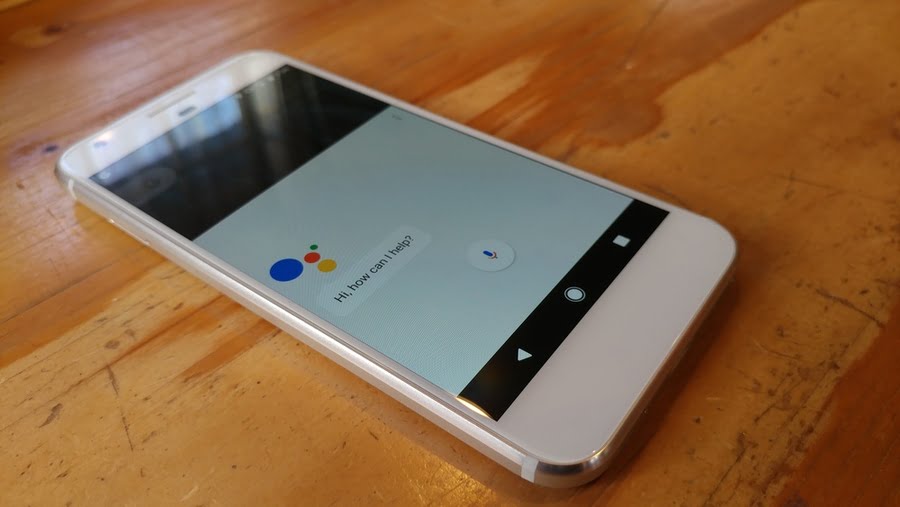
One of the biggest selling points of Google’s own smartphones is that they receive the best treatment in terms of software. While the Pixel was not technically the first on the market with the software giant’s brand-spanking new Android 7 Nougat OS, it is the first and only (at the time of this writing) with the first of Nougat’s significant 7.1 update. What’s more, Google has newly incorporated a 24/7 support service into the phone, which the owner can use to initiate a phone or messaging chat with a helper at any time.
As far as the UI goes, Material Design is still alive and well, just grown up a bit. You’ll still find elements like the carousel app switcher and user-tuned Google Now information on the most-left panel. But the aesthetics have been slightly tweaked, for better or worse, such as the “G” tab on the top-left instead of the persistent Google Search bar, and circular icons.
The notification drop-down menu, which always seems to get tweaked, now has a flatter appearance and gains more notification interactivity. You’ll get a select view of quick settings at the first swipe down, which float out to a larger selection (editable in Settings) with a second swipe. We have to praise Google for the super-smooth response of the drop-down panel; its fluidity and silky animation make it a pleasure to interact with. The app drawer has been similarly refined, where now instead of being a button, the user merely swipes up from the bottom and voila.
However, Google’s latest isn’t just about the looks. The Pixel has an exclusive trick up its sleeve known as Google Assistant, meant to bring the power of Google’s ecosystem to your voice. Where long-pressing the Home button used to pull up Google Now, it now toggles Assistant with a “How can I help?” But this isn’t just a voice search like before; the user can have somewhat of a conversation with Assistant, which has been programmed with contextual understanding. Hence, you can inquire about a topic and build more requests upon it without reiterating what you’re talking about.
Another benefit is that Assistant has access to the Google apps that you use, so it can be used to quickly find tagged pictures in Photos, pull up directions on Maps, or launch an album from Play Music. That said, real-world use of the software will show that it’s still in its infancy. Sometimes you have to say exactly the phrase that toggles the response you want. An example of this is when I said “Show me pictures from my trip to Iceland”, it merely did a web search of Iceland images. At another try, I said “My pictures from Iceland” and that successfully got me sample pictures from my album in Photos.
Final Thoughts
We have no reservations about deeming the Pixel one of today’s top Android smartphones, and recommending it to someone looking for the best that Android has to offer. This is the phone that Google building up to for years, and we feel that it’s a worthy device for the company to finally call its own.
Android is not only now grown up but it’s smarter than ever, however all that unfortunately comes at a steep price, leaving out many Google phone fans of the reachable price that they’ve been used to.
Also See: Best Smartphones 2016
Related Articles:
